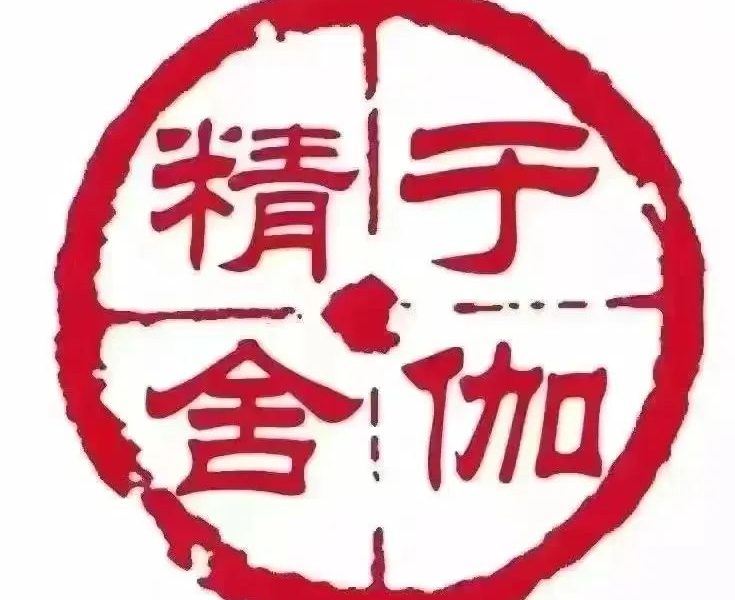The human spine consists of cervical vertebrae, thoracic vertebrae, lumbar vertebrae, sacral vertebrae and caudal vertebrae.
Among them, there are 7 cervical vertebrae, 12 thoracic vertebrae, 5 lumbar vertebrae and 5 sacral vertebrae, which are fused into a sacral bone in adulthood.
When the caudal vertebrae is young, it is 3 ~ 5.
In the process of growth, the caudal vertebrae are gradually fused into a caudal bone, so the number of children should be 32 ~ 34 and that of adults should be 26.
Among the 26 vertebrae, three parts are more important: cervical vertebrae, thoracic vertebrae and lumbar vertebrae.
Diseases and symptoms caused by spinal abnormalities: 1.
Spinal diseases caused by congenital dysplasia: scoliosis in children, unequal height of shoulders, spinal deformity in adults, etc.
2 spinal diseases caused by various acute and chronic injuries: cervical diseases: headache, dizziness, neck pain, limited activity, arm numbness, etc.
Thoracic diseases: shoulder and back pain, poor breathing, functional heart disease, gastrointestinal dysfunction, etc.
Lumbar diseases: low back and leg pain, lumbar disc herniation, spinal canal stenosis, lumbar spondylolisthesis, etc.
Pelvic diseases: subluxation of sacroiliac joint, sacroiliac arthritis, etc.
Spinal diseases – visceral related diseases caused by spinal nerve compression: spinal nerve not only has segmental innervation function to the body, but also has autonomic nerve distributed to viscera, cardiovascular and glands.
Therefore, spinal nerve compression often affects internal organs in addition to sensory and motor disorders in the limbs.
Now the spinal segments and related symptoms are listed as follows.
“Neck 1: headache, migraine, insomnia, asthma, cervical hypertension, insufficient blood supply to the brain.
Neck 2: dizziness, headache, insomnia, asthma, dry eyes, tinnitus, tachycardia.
Neck 3: dizziness, dizziness, migraine, neck shoulder syndrome.
Neck 4: dizziness, nausea, hiccup, numbness of both hands, periarthritis of shoulder, pillow.
Neck 5: chest pain, bradycardia, nausea, hiccup, swelling pain of neck, shoulder and palm.
Neck 6: fluctuation of blood pressure and shoulder pain Pain, numbness of shoulder, thumb and index finger.
Neck 7: chest tightness, shortness of breath, numbness and pain in the fourth and fifth fingers, neck root and shoulder blade pain.
Chest 1: shortness of breath, shortness of breath, elbow and hand pain, cold, premature heart beat.
Chest 2: shortness of breath, chest pain.
Chest 3: pulmonary and bronchial symptoms, easy to catch a cold.
Chest 4: chest back pain, chest tightness, long sigh.
Chest 5: bitter mouth, hypotension, stomach spasm.
Chest 6: stomach pain, stomach spasm, dyspepsia.
Chest 7: dyspepsia, gastric ulcer.
Chest 8: low immune function.
Chest 9: renal dysfunction, white urine and poor urination.
Chest 10: renal dysfunction, decreased sexual function.
Chest 11: renal dysfunction, urethritis.
Chest 12: cold pain of lower abdomen and chronic fatigue syndrome.
Waist 1: colonic dysfunction, constipation, diarrhea, small abdominal pain, low back pain.
Waist 2: small abdominal pain, low back pain, decreased sexual function.
Waist 3: cystitis, irregular menstruation, weakness of waist and knee.
Waist 4: low back pain, sciatica, frequent urination or oliguria, dysuria.
Waist 5: lower limb circulation disorder, lower limb weakness, fear of cold, low back and leg pain, numbness.
Sacrum: lumbosacral joint disease, bladder pain, heel numbness pain.
Tail: coccygeal pain.
“The advantages of flexible spine: 1.
People with flexible spine are not easy to move forward with hunched shoulders, good posture and temperament, and people look naturally young and energetic.
2.
Flexible spine and good stability of spine are not easy to suffer from sub-health problems such as lumbar disc herniation and lumbar muscle strain.
People without physical pain will have relatively sufficient energy, not easy to get tired, feel better and naturally look younger.
3.
Flexible spine and nerves around the spine The system will also be healthier and the blood circulation will be better.
People’s mental state will naturally be good, and their blood will not be bad.
They will look younger.
Six Dynamic Yoga exercises of flexible spine 1: cat / cow stretch to four legged bench, kneel on the knee, align the hips, support the ground with both hands, align the shoulders, exhale, bow the back, retract the navel, inhale, extend the spine, raise the head and expand the chest 2: baby / high snake start from baby pose, kneel on the knee, sit on the heels of the hips, extend the hands forward, inhale, lift the hips, and move the shoulders forward, Slowly extend the spine upward to the high position.
Snake exhale backward and return to baby action 3: downward dog pose / octahedron throw to the ground / Snake pose.
Start from downward dog pose, exhale, knee to the ground, chest and chin to the octahedron throw to the ground, inhale upward to snake exhale, hip backward, inhale to upward dog action 4: downward dog pose / inclined plate start from downward dog pose, lift your heels, inhale, bow your back forward, and your shoulders come directly above your wrists, Then extend the spine, exhale, bend the knees, hips up and back, and come to the downward dog pose.
Leg straightening action 5: Vajra sit / camel pose.
Start with Vajra sit, inhale your hands to your heels, hips up and forward, extend the spine, expand your chest head and look back.
Come to camel pose, exhale and return to Vajra sit action 6: start with sitting and bending forward, exhale and roll back, and raise your hands on the hips on both sides of the body, When your feet come to the ground behind your head, inhale and roll forward, and then come to the practice of sitting, standing and flexing the above six flexible spines, which can well prevent lumbar disc herniation, improve the hunchback with chest, improve your temperament, and make your complexion more ruddy.
At the same time, it can also be used as a warm-up exercise of backward bending posture!..

